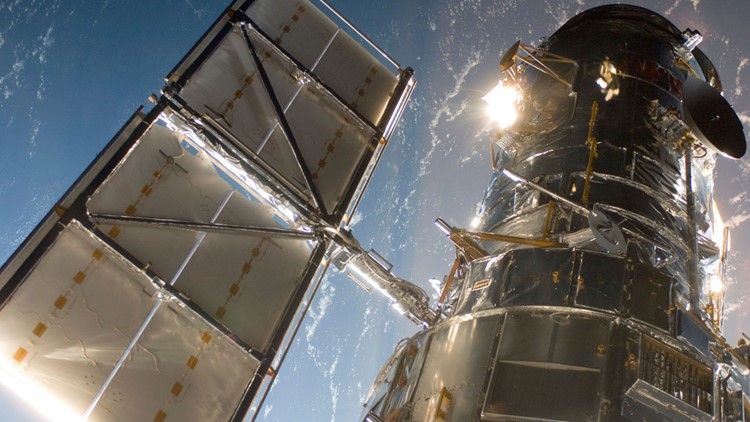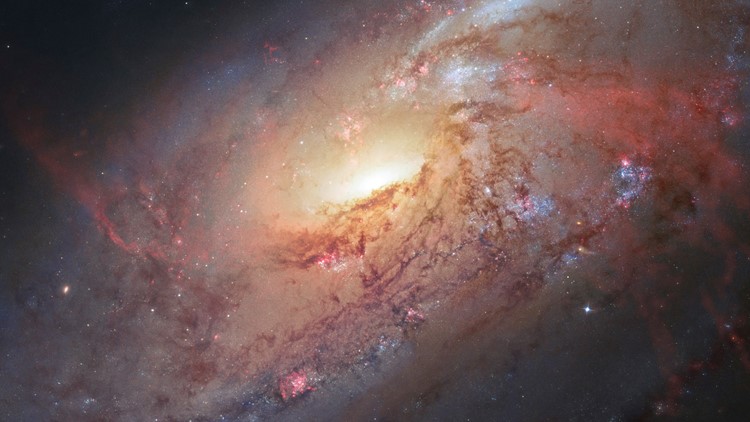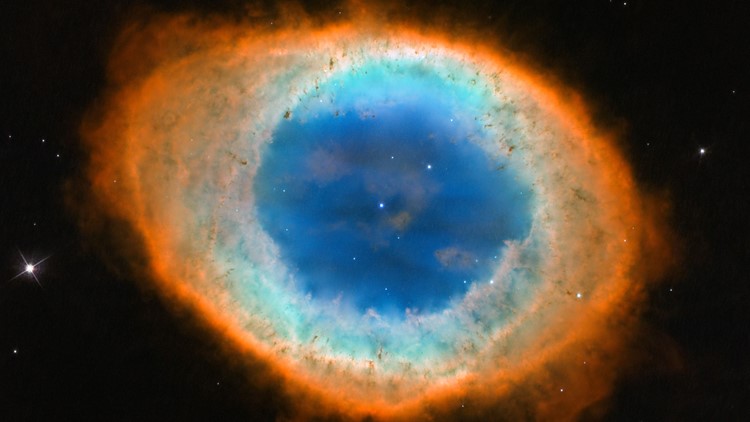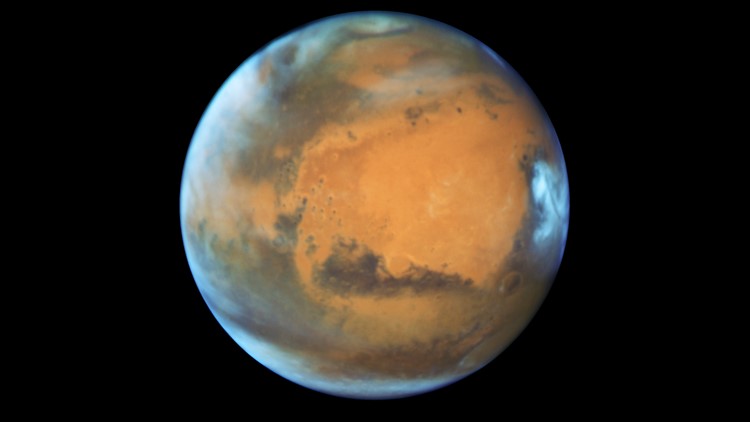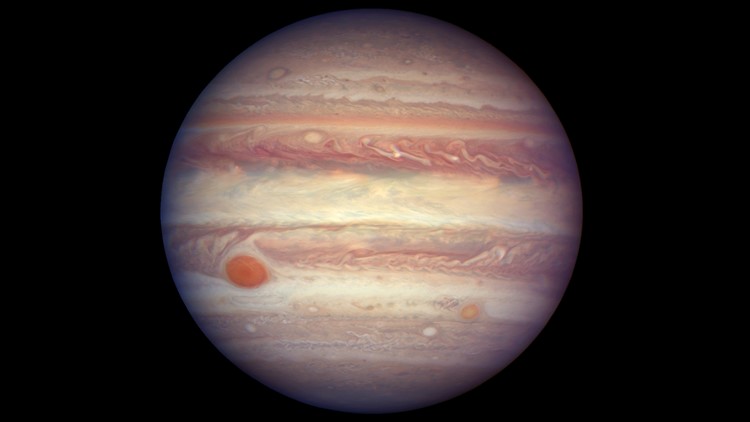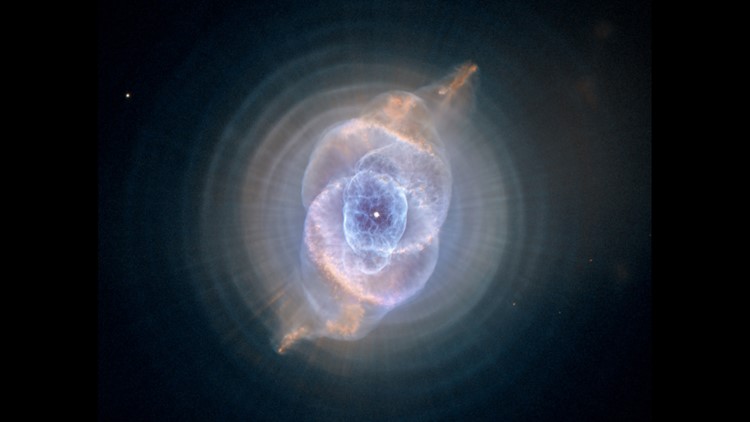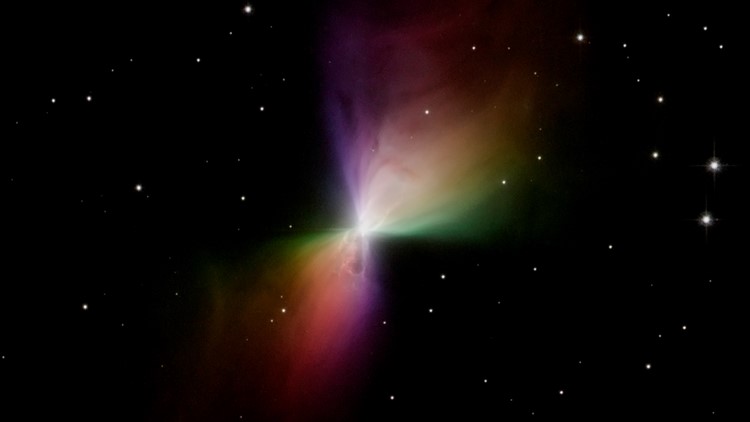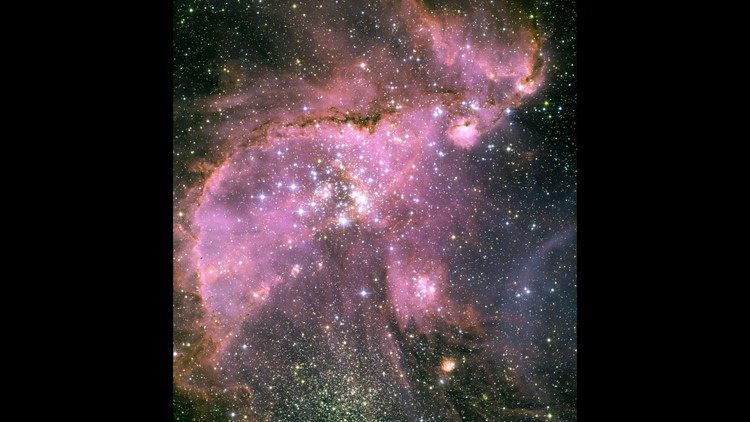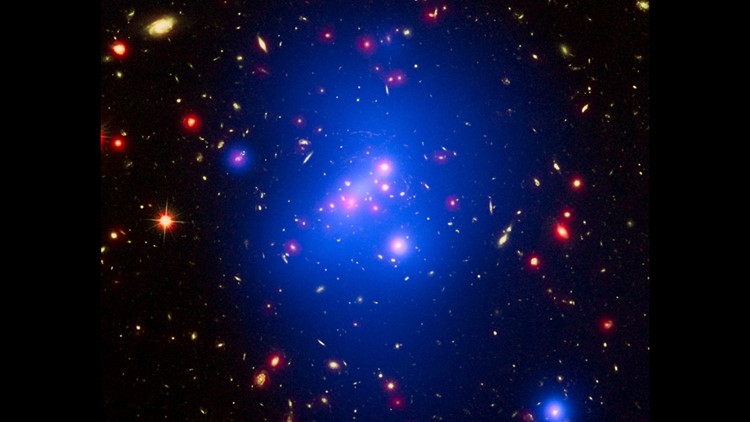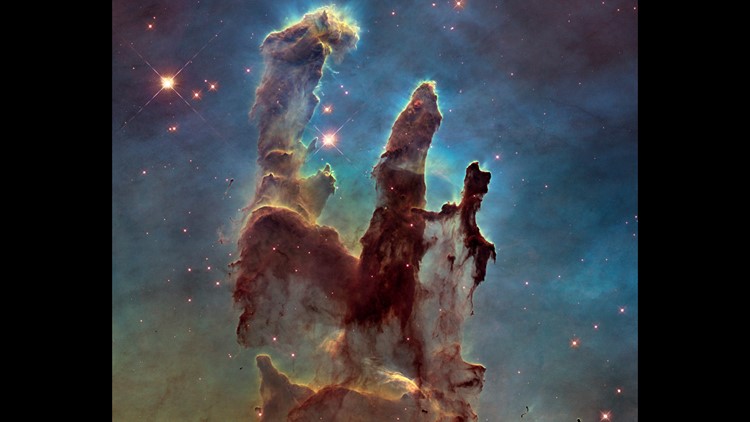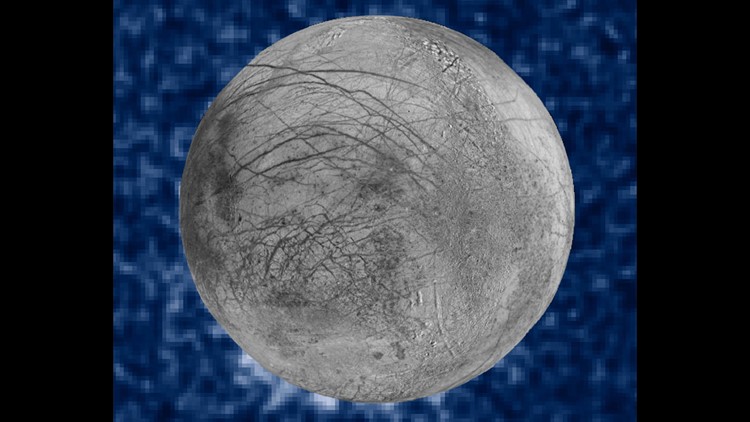- KARE 11 Investigates
- Land of 10,000 Stories
- Breaking the News
- Sunrise
- MN & Co.
- News at Noon
- Links
- Contests
- Originals
- KARE 11 Saturday
- Your Money
- Weatherminds
- Lifting Voices
- Grow with KARE
- Locked On
- VERIFY
- Traffic
- Behind the Business
- Healthfair 11
- Communities that KARE
- Advertise With Us
- TV Listings
- Meet the KARE 11 team


